Choosing the Right Threading for Your Quilting Project
When it comes to quilting, the choice of thread can make or break your project. Imagine spending hours piecing together beautiful fabric, only to have the thread unravel or clash with your design. Choosing the right threading for your quilting project is not just about picking a color or type; it's about understanding the nuances that can elevate your work from ordinary to extraordinary. In this article, we’ll explore various types of threads, their weights, colors, and even some common mistakes to avoid. By the end, you'll feel confident in making informed decisions that will enhance your quilting experience.
Different types of threads serve unique purposes in quilting. The most common thread types include cotton, polyester, and specialty threads. Cotton thread, known for its natural fibers, is often favored for its softness and ability to blend seamlessly with fabrics. However, it can sometimes fray or break under stress. On the other hand, polyester thread is incredibly durable and resistant to fading, making it an excellent choice for quilts that will see a lot of use. Specialty threads, such as metallic or variegated options, can add a unique flair to your projects, but they may require special handling and techniques.
Thread weight is another critical factor that can significantly influence the appearance and durability of your quilt. The weight of the thread refers to its thickness, and it’s usually indicated by a number. For instance, a lower number indicates a thicker thread, while a higher number signifies a finer thread. Choosing the appropriate thread weight depends on your specific quilting techniques and the fabric types you’re working with. For example, when quilting with thicker fabrics like denim or canvas, a heavier thread can provide the strength needed to hold everything together. Conversely, lighter fabrics like silk or cotton require a finer thread to prevent puckering. Understanding these nuances will help you achieve optimal results in your quilting projects.
Color selection is crucial in quilting. The right thread color can either enhance your design or clash with it, making it essential to choose wisely. When selecting thread colors, consider the following:
- Complementary Colors: Choose thread colors that complement your fabric choices to create a harmonious look.
- Contrast: Sometimes, a contrasting thread can add visual interest and depth to your quilt.
- Blending: For a more subtle approach, select a thread color that closely matches your fabric.
Ultimately, the goal is to create a cohesive design that draws the viewer's eye without overwhelming it. Don’t be afraid to experiment with different colors and see what resonates with your artistic vision!
Thread tension is another aspect that can affect the overall quality of your quilting. It’s essential to adjust the tension on your sewing machine based on the type of thread you’re using. Too tight, and your fabric may pucker; too loose, and your stitches may look sloppy. A good rule of thumb is to conduct a test stitch on a scrap piece of fabric before diving into your main project. This way, you can fine-tune the tension settings to ensure a smooth finish. Remember, achieving the perfect tension can take some practice, but it’s worth the effort for a professional-looking quilt.
The choice between machine and hand quilting threads can significantly impact your project. Machine quilting threads are typically designed to withstand the rigors of a sewing machine, often being more durable and smoother to prevent breakage. In contrast, hand quilting threads are often softer and may be thicker, providing a beautiful finish to hand-stitched quilts. Understanding the differences can help you select the best option for your quilting style, ensuring that your hard work pays off in the end.
Specialty threads can add texture and visual interest to your quilting projects. Threads like metallic or variegated can create stunning effects, but they require a bit more care and skill to incorporate effectively. For instance, metallic threads can add a shimmering quality to your quilts but may fray easily, so it’s essential to use a larger needle and a slower sewing speed. Variegated threads, which change color throughout the length of the thread, can create beautiful gradients but may require planning in your design to ensure the colors flow harmoniously. Experimenting with these threads can lead to unexpected and delightful results!
Proper storage and care of your quilting threads can prolong their lifespan and maintain quality. Store your threads in a cool, dry place away from direct sunlight to prevent fading and deterioration. Consider using a thread organizer or a clear container to keep your threads untangled and easily accessible. Additionally, regularly check your threads for any signs of damage or fraying, as using compromised threads can lead to frustration during your quilting process.
Avoiding common threading mistakes can save time and frustration in your quilting projects. Here are a few pitfalls to watch out for:
- Using the wrong type of thread for your fabric can lead to poor results.
- Ignoring thread tension adjustments can ruin the look of your quilt.
- Neglecting to conduct a test stitch before starting can lead to unexpected surprises.
By being mindful of these common mistakes, you can troubleshoot issues before they become major headaches, ensuring a smoother quilting experience.
Q: What thread is best for beginners?
A: Cotton thread is often recommended for beginners due to its ease of use and versatility.
Q: How do I know which thread weight to use?
A: Generally, match the thread weight to your fabric type and the desired effect. Lighter fabrics usually require finer threads, while heavier fabrics need thicker threads.
Q: Can I mix different types of threads in one quilt?
A: Yes, but be cautious! Mixing threads can create interesting effects, but ensure they are compatible in terms of tension and durability.
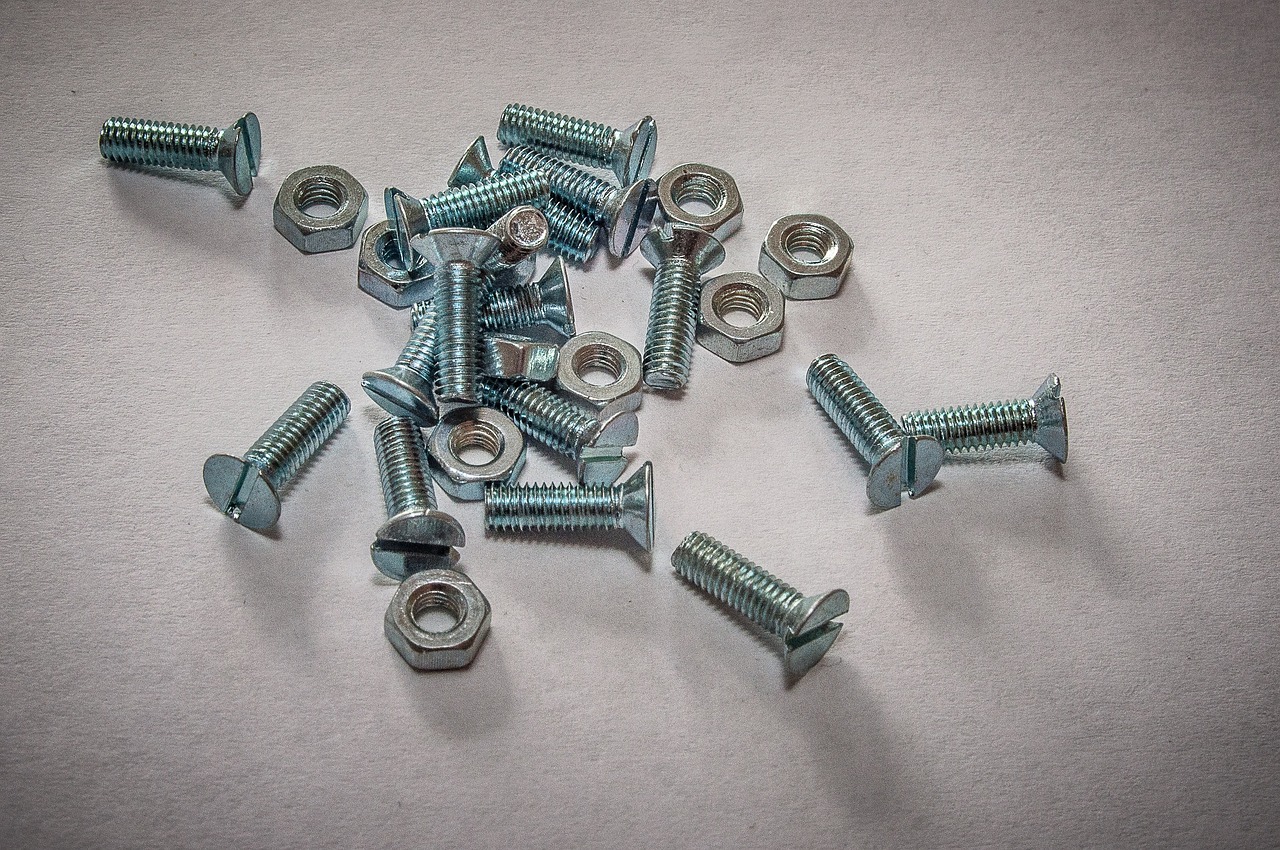
Understanding Thread Types
When it comes to quilting, the type of thread you choose can make all the difference in the world. Just like a painter selects the right brush for their masterpiece, quilters must understand the various types of threads available to bring their creations to life. The most common thread types include cotton, polyester, and specialty threads, each with its own unique characteristics, advantages, and disadvantages. Let's dive into these options to help you make the best choice for your quilting projects.
Cotton thread is a favorite among many quilters due to its natural fibers and soft feel. It tends to be less slippery than synthetic threads, which makes it easier to work with, especially for beginners. Cotton thread is also available in various weights, making it versatile for different quilting techniques. However, it can be prone to fraying and may not hold up as well in high-stress areas, so it’s essential to consider your project’s requirements when opting for cotton.
On the other hand, polyester thread is known for its durability and strength. It resists fraying and is less likely to break during sewing, making it a reliable choice for high-traffic quilts or projects that will be washed frequently. Polyester threads also come in a range of finishes, from matte to shiny, allowing for creative expression. However, they can be a bit slippery, which may pose challenges for some quilters. It's crucial to find the right balance between the fabric and the polyester thread to ensure a smooth sewing experience.
Then we have specialty threads, which can elevate your quilting projects to a whole new level. These threads include options like metallic, variegated, and even glow-in-the-dark threads. They add unique textures and visual interest, making your quilts stand out. However, they often require special handling and techniques, so be prepared to experiment a little. It's like adding a splash of vibrant color to a canvas; it can transform an ordinary piece into something extraordinary!
In summary, understanding the different thread types is crucial for achieving the best results in your quilting projects. Each type of thread has its own set of properties that can either enhance or hinder your work. So, whether you're a seasoned pro or just starting your quilting journey, take the time to explore the options available to you. Remember, the right thread can be the secret ingredient that makes your quilt truly shine!
| Thread Type | Advantages | Disadvantages |
|---|---|---|
| Cotton | Soft, easy to work with, various weights | Prone to fraying, less durable |
| Polyester | Durable, resists fraying, available in various finishes | Can be slippery, may require adjustments |
| Specialty Threads | Adds texture and visual interest | Requires special handling, may need experimentation |
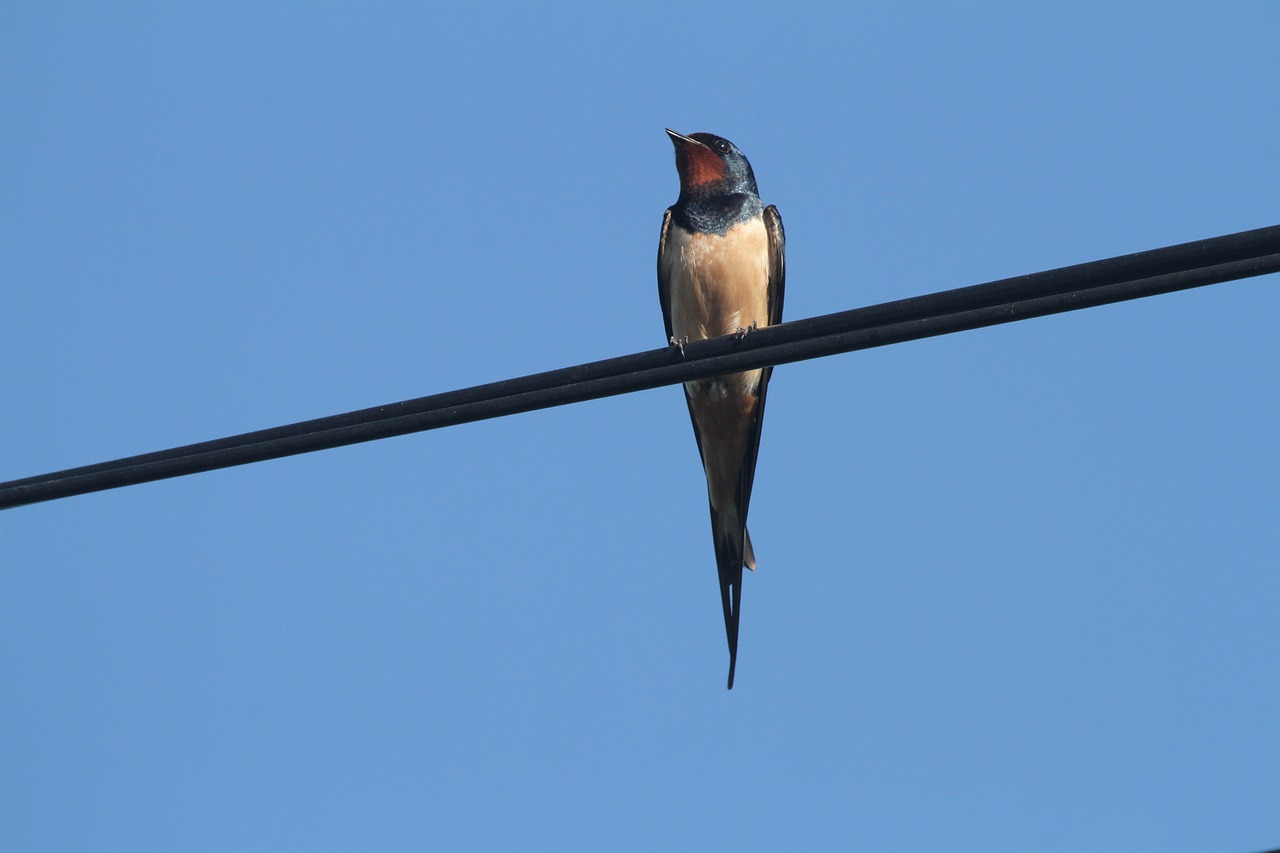
Thread Weight Explained
When it comes to quilting, understanding thread weight is absolutely crucial. Think of thread weight as the backbone of your project; it influences not just the appearance but also the durability of your quilt. Thread weight is typically measured in numbers, with lower numbers indicating thicker threads and higher numbers indicating thinner ones. For instance, a thread weight of 30 is thicker than a thread weight of 50. This is similar to how a thicker rope can hold more weight than a thinner one. Choosing the right weight can be the difference between a quilt that looks fabulous and one that falls apart after a few washes.
So, how do you know which thread weight to choose? It largely depends on your fabric type and the technique you plan to use. For example, if you’re working with heavier fabrics like denim or canvas, a thicker thread (like 30-weight) would be more suitable. On the other hand, if you’re piecing delicate fabrics, a finer thread (like 50-weight) would be more appropriate. It’s all about balance!
To give you a clearer picture, let’s break down some common thread weights and their uses in a handy table:
| Thread Weight | Recommended Use |
|---|---|
| 30 | Heavy quilting, decorative stitches |
| 40 | General piecing and quilting |
| 50 | Lightweight fabrics, fine detailing |
| 60 | Very fine quilting, embroidery |
Another important aspect to consider is the technique you’re using. For example, if you’re doing free-motion quilting, you might prefer a thicker thread to create more texture and visibility. Conversely, if you’re hand quilting, a finer thread allows for more precise stitches and less bulk. It’s like choosing a paintbrush; the right tool can elevate your artwork to new heights!
Lastly, don’t forget about the fabric's thread count. Thicker threads can sometimes cause puckering or distortion in finer fabrics. If you find yourself in this situation, you might want to consider a thinner thread to maintain the integrity of your fabric. Remember, the goal is to enhance your quilt, not compromise it!
In conclusion, understanding thread weight is essential for achieving the look and durability you desire in your quilting projects. By considering the fabric type, your quilting technique, and the overall aesthetic you wish to achieve, you can make informed choices that will lead to stunning results.
- What is the best thread weight for quilting? It depends on your fabric and technique, but 40-weight is a popular choice for general quilting.
- Can I use any thread weight for my project? While you can technically use any thread, it’s best to match the weight with your fabric type to avoid issues like puckering.
- How do I know if my thread weight is appropriate? Test a small piece of your fabric with the thread to see how it behaves before committing to the entire project.
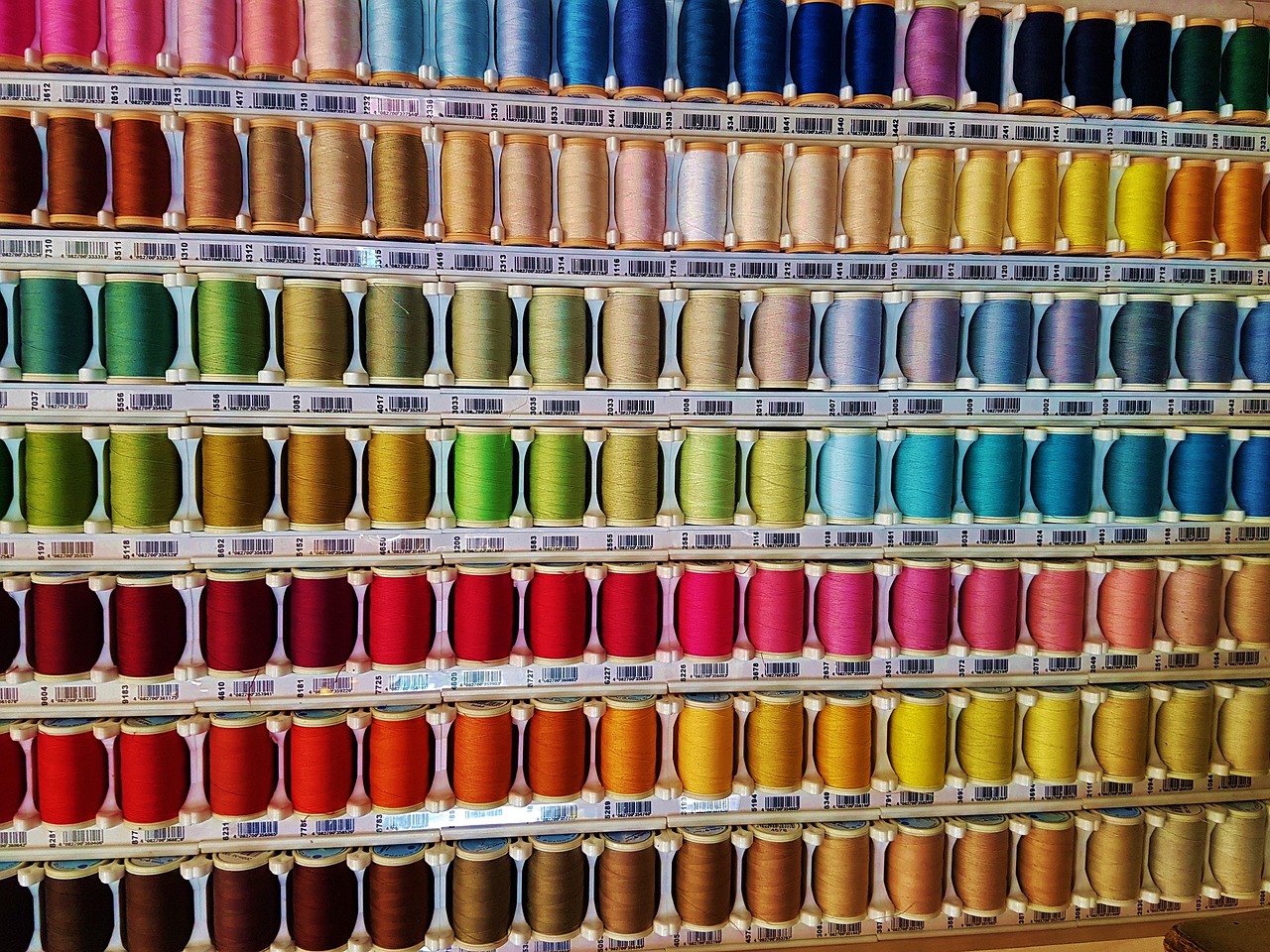
Choosing the Right Color
When it comes to quilting, color selection is not merely an aesthetic choice; it’s a vital aspect that can entirely transform your project. Imagine standing in front of a beautiful quilt, the colors dancing together in harmony, drawing the eye and evoking emotions. The right thread color can enhance your fabric choices and elevate your design to a whole new level. But how do you navigate this colorful sea of options?
First, consider the fabric colors you are working with. Are they bold and vibrant, or soft and muted? To create a cohesive look, you’ll want to choose thread colors that either complement or contrast effectively with your fabrics. For instance, if your quilt features rich jewel tones, selecting a thread that matches or slightly contrasts can create a stunning visual impact. On the other hand, if your fabrics are more subdued, a pop of bright thread can add that much-needed spark.
Another strategy is to use the color wheel as your guide. Colors that are opposite each other on the wheel, known as complementary colors, can create striking contrasts. For example, pairing a deep blue fabric with a bright orange thread can create a dynamic look. Conversely, using analogous colors—those that are next to each other on the wheel—like blue and green can produce a more serene and harmonious effect.
It’s also crucial to think about the overall mood you want to convey. Warm colors like reds and yellows often evoke feelings of warmth and energy, while cool colors like blues and greens can bring about calmness and tranquility. What story do you want your quilt to tell? Choosing the right color can help you communicate that story effectively.
Don’t forget to test your thread colors against your fabric before making a final decision. Sometimes, what looks good in the spool might not translate well when stitched into your quilt. A quick stitch test on a scrap piece of fabric can save you from potential heartbreak later on. And remember, lighting can significantly affect how colors appear, so make sure to check your thread colors in the same lighting conditions where you’ll be displaying your quilt.
Lastly, consider incorporating variegated threads for an unexpected twist. These threads change color along their length, adding depth and interest to your quilting. Imagine the delightful surprise when a thread shifts from one shade to another, creating a beautiful gradient effect in your quilt. Just be mindful of how these colors interact with your fabric choices to ensure they enhance rather than overwhelm your design.
In summary, choosing the right thread color for your quilting project is an art in itself. By understanding the relationships between colors, considering the mood you wish to convey, and testing your selections, you can create quilts that are not only visually stunning but also deeply meaningful. So, grab those spools of thread and let your creativity flow!
- How do I know which thread color to choose for my fabric? Consider the color wheel and test thread colors against your fabric in different lighting.
- What are complementary and analogous colors? Complementary colors are opposite each other on the color wheel, while analogous colors are next to each other.
- Can I use variegated threads in any quilting project? Yes, but ensure they complement your fabric choices to avoid overwhelming the design.

Understanding Thread Tension
Thread tension is one of those behind-the-scenes heroes in the world of quilting. You might not think about it much when you're caught up in the excitement of choosing fabrics and patterns, but trust me, it can make or break your project! If you've ever experienced uneven stitches or fabric puckering, you know exactly what I mean. So, let’s dive into the nitty-gritty of thread tension and how you can master it for a flawless finish.
First off, what exactly is thread tension? In simple terms, it refers to how tightly or loosely the thread is held as it passes through your sewing machine. If the tension is too tight, it can lead to breakage or puckering, while too loose can result in messy stitches that don’t hold your quilt together properly. It's a delicate balance that requires a bit of tweaking to get just right.
When adjusting your thread tension, the first thing to consider is the type of thread you’re using. Different threads have different thicknesses and textures, which can significantly impact how they behave when sewn. For example, a heavyweight thread may require a looser tension compared to a delicate cotton thread. Here’s a quick reference table that outlines some common thread types and their ideal tension settings:
| Thread Type | Recommended Tension Setting |
|---|---|
| Cotton | Medium |
| Polyester | Medium to High |
| Heavyweight | Low to Medium |
| Metallic | Low |
Now, before you start adjusting your machine, it’s essential to understand that tension isn’t just about the thread. The fabric you’re using also plays a significant role. For instance, if you’re quilting with a thick batting, you may need to loosen the tension to accommodate the bulk. Conversely, finer fabrics may require tighter tension to ensure the stitches are secure. It’s all about finding the sweet spot!
One of the best ways to determine the right tension is to create a test sample. Take a scrap piece of your fabric and thread, and sew a few lines. Check the stitches on both the front and back. You want to see a nice, even stitch on both sides without any loops or puckering. If you notice issues, don’t hesitate to adjust the tension dial on your machine incrementally until you achieve that perfect stitch.
Another factor to consider is the sewing technique you’re using. For example, when free-motion quilting, you might want to adjust your tension differently than when doing straight-line quilting. The speed at which you sew can also affect tension; faster speeds can sometimes lead to tighter stitches. So, take it slow and steady, especially when starting out.
In conclusion, mastering thread tension is key to achieving beautiful quilting results. It may take a bit of practice and experimentation, but once you get the hang of it, you’ll notice a world of difference in your projects. Remember, the goal is to create a quilt that not only looks stunning but also stands the test of time. Happy quilting!
- What should I do if my thread keeps breaking? - This could be due to high tension. Try loosening the tension slightly and check if the thread is suitable for your fabric.
- How can I tell if my tension is too tight? - If you notice puckering or the fabric is gathering, your tension may be too tight.
- Can I use the same tension for different types of thread? - It's best to adjust your tension according to the specific thread type and fabric you are using.
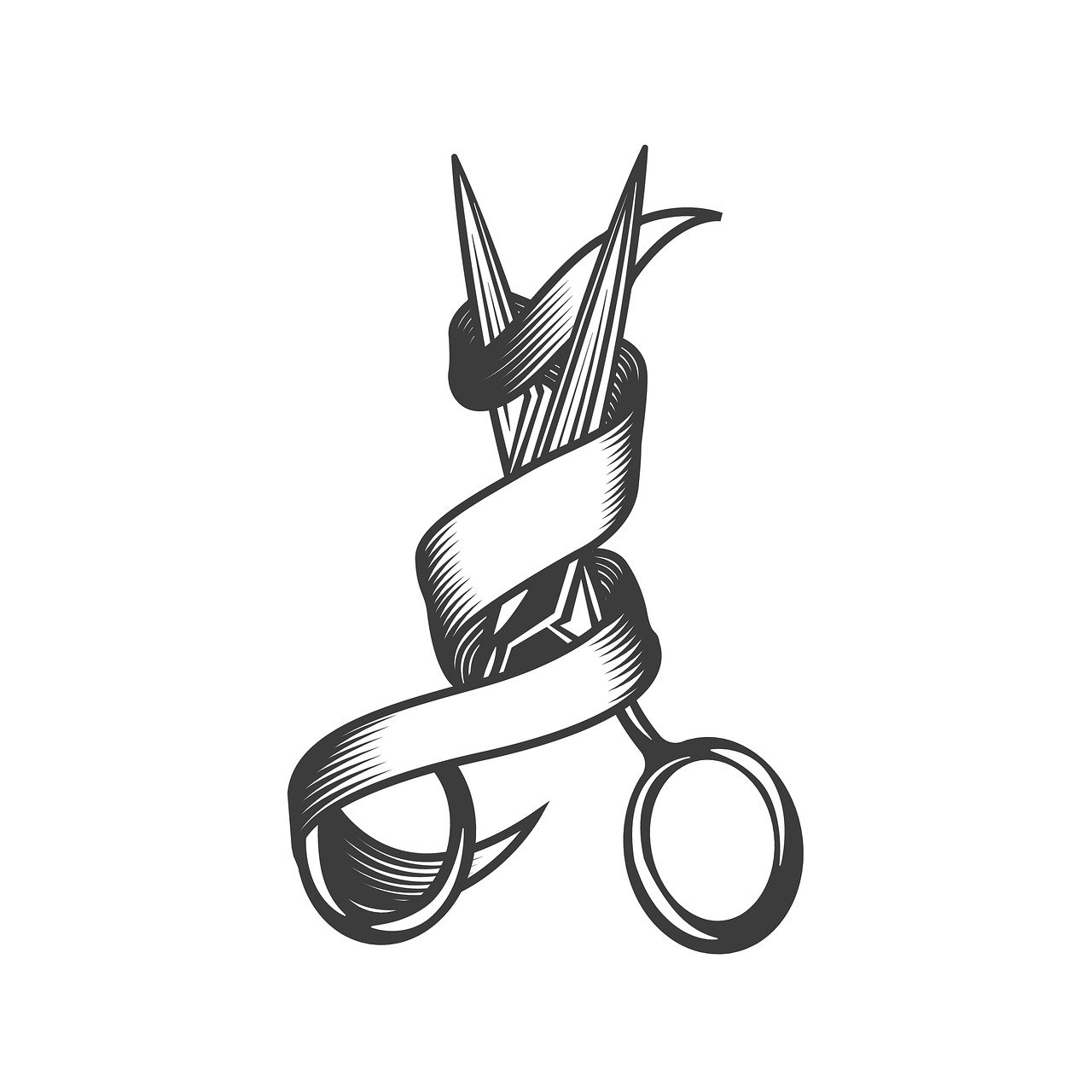
Machine vs. Hand Quilting Threads
When it comes to quilting, one of the most critical decisions you'll face is whether to use machine quilting threads or hand quilting threads. Each type of thread has its own unique characteristics, advantages, and applications, making this choice pivotal for the overall quality and aesthetic of your quilt. So, how do you decide which one is right for your project? Let’s break it down!
First off, machine quilting threads are designed specifically for use with sewing machines. They tend to be stronger and more durable, which is essential for the high-speed stitching that machines perform. These threads are usually made from polyester or cotton, with polyester threads being particularly popular due to their resistance to fraying and fading. If you’re looking for a smooth finish and a quick sewing experience, machine threads are your best bet.
On the flip side, hand quilting threads are typically thicker and more textured. They are designed to be easily manipulated by hand, allowing for greater control and precision when stitching. These threads are often made from cotton, which gives them a natural feel and a beautiful finish. If you want to achieve a more traditional look or add intricate hand-stitched details, hand quilting threads are the way to go.
Now, let's delve a little deeper into the specific characteristics that differentiate these two types of threads:
| Feature | Machine Quilting Threads | Hand Quilting Threads |
|---|---|---|
| Material | Typically polyester or cotton | Usually 100% cotton |
| Strength | Stronger, designed for high-speed stitching | Thicker, provides more texture |
| Application | Best for machine quilting | Ideal for hand quilting |
| Finish | Smooth and even | More rustic and textured |
Choosing the right thread can also depend on the type of quilt you’re making. For example, if you’re working on a quilt that will be heavily used, such as a bedspread, machine quilting threads may provide the durability you need. However, if you’re creating a memory quilt or a decorative piece, the beauty and texture of hand quilting threads might be more appealing.
Ultimately, the choice between machine and hand quilting threads boils down to your personal preference and the specific requirements of your project. Don’t hesitate to experiment with both types to see what works best for you. Remember, quilting is not just about the end product; it’s also about the joy of the process!
- Can I use machine quilting threads for hand quilting? Yes, but it may not provide the same texture and appearance as hand quilting threads.
- What thread weight is best for machine quilting? Generally, a weight of 40wt is ideal for most machine quilting projects.
- How do I choose the right thread for my fabric? Match the thread material with your fabric type for the best results; cotton threads work well with cotton fabrics, while polyester is great for synthetic fabrics.
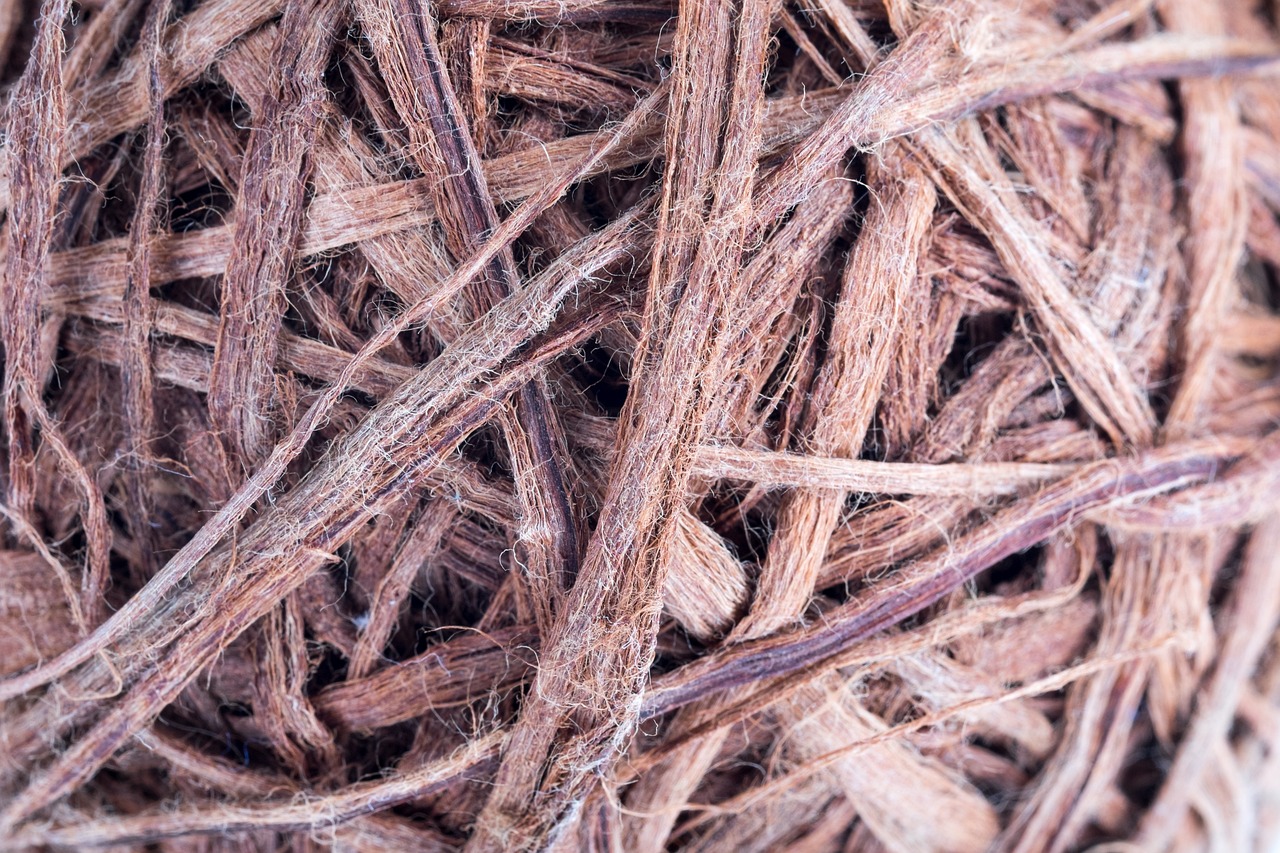
Specialty Threads for Unique Effects
When it comes to quilting, the choice of thread can significantly alter the **aesthetic appeal** and overall impact of your finished project. While traditional threads like cotton and polyester are reliable staples, specialty threads offer a world of creative possibilities that can elevate your quilting to new heights. These unique threads are designed to create stunning visual effects, adding texture and depth that can transform a simple quilt into a true work of art.
One popular type of specialty thread is metallic thread. This shimmering option is perfect for adding a touch of glamour to your quilts. Imagine the sparkle of stars on a night sky quilt or the glint of sunlight on a summer day design—metallic threads can bring these visions to life. However, it's essential to note that metallic threads can be a bit finicky. They tend to be thicker and may require special needles and adjustments to your machine tension. But don't let that deter you; the results can be absolutely breathtaking!
Another fascinating option is variegated thread, which features multiple colors within a single spool. This thread can create a beautiful gradient effect as you stitch, adding a dynamic quality to your quilting. For instance, if you're working on a floral pattern, using variegated thread can mimic the natural color variations found in real flowers, creating a more lifelike appearance. Just imagine the delicate petals of a rose quilt, where the thread seamlessly transitions from deep red to soft pink!
When considering specialty threads, it's also worth exploring boucle and chenille threads. These textured threads can add a unique tactile quality to your quilts. Boucle threads have a looped texture that can create a soft, fuzzy effect, while chenille threads are known for their plush feel. Incorporating these threads can not only enhance the visual appeal of your quilt but also invite touch, making your project even more engaging.
However, before diving headfirst into specialty threads, it's crucial to understand how to use them effectively. Here are a few tips to keep in mind:
- Always test your thread on a scrap piece of fabric first to ensure compatibility with your machine.
- Consider the weight of the specialty thread in relation to your fabric; pairing a lightweight thread with heavy fabric can lead to uneven stitching.
- Adjust your machine settings as needed, particularly the tension and stitch length, to accommodate the unique properties of specialty threads.
Incorporating specialty threads into your quilting not only enhances the visual impact but also allows for greater creativity and personal expression. Whether you're embellishing a quilt with metallic glimmers or creating a soft, inviting texture with boucle, these threads can help you achieve the **unique effects** that make your quilting projects truly stand out. So, don’t shy away from experimenting with these exciting options—your quilts deserve that special touch!
Q: Can I use specialty threads in my regular sewing machine?
A: Yes, you can use specialty threads in most sewing machines, but you may need to adjust the tension and use appropriate needles to avoid issues.
Q: How do I care for quilts made with specialty threads?
A: Quilts made with specialty threads should be washed gently, preferably by hand or on a delicate cycle, to maintain the integrity of the thread.
Q: Are specialty threads more expensive than regular threads?
A: Generally, specialty threads can be more expensive due to their unique properties and production processes, but they can also add significant value to your projects.
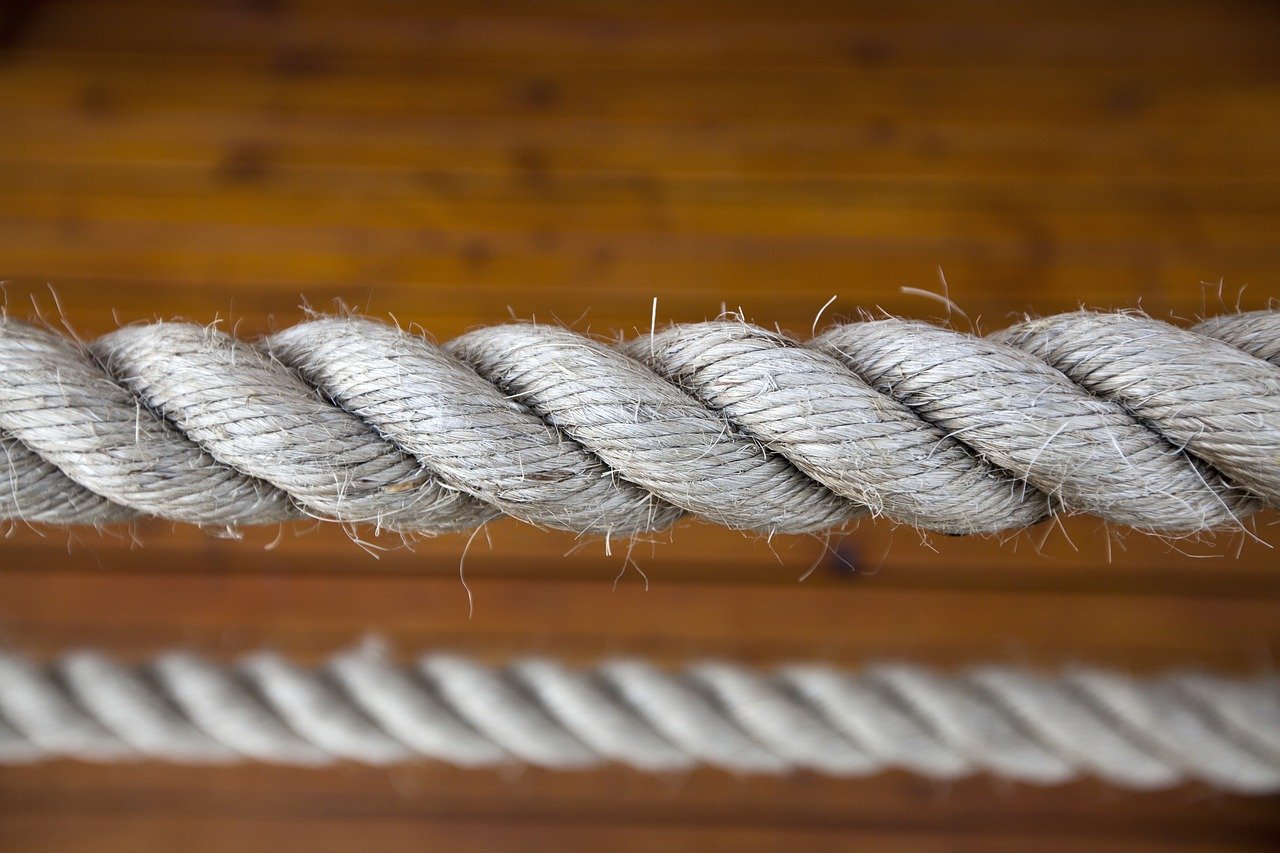
Thread Storage and Care
When it comes to quilting, we often focus on the fabric and the patterns, but play a crucial role in the longevity and quality of your projects. Just like a fine wine needs the right conditions to age beautifully, your threads need proper storage to maintain their strength and color. Imagine opening your thread box only to find tangled, faded threads that have lost their luster! To avoid this, let’s dive into some essential tips for keeping your threads in tip-top shape.
First off, consider the environment where you store your threads. Ideally, you want a cool, dry place away from direct sunlight. Sunlight can cause colors to fade, while humidity can lead to mildew and deterioration. A simple solution is to use plastic bins or containers with lids to protect your threads from dust and moisture. If you're feeling crafty, you can even repurpose old tackle boxes or shoe organizers to create a dedicated thread storage system.
Another important factor is organization. Keeping your threads organized not only saves time but also helps you quickly find the right color or type when inspiration strikes. You might want to consider using a color-coded system or arranging them by type. For instance, you could group your cotton threads separately from your specialty threads. This not only looks aesthetically pleasing but also makes your quilting space more functional.
Now, let’s talk about thread care. Just like you wouldn’t wash your favorite quilt in hot water, you should also be mindful of how you handle your threads. Avoid exposing them to extreme temperatures or conditions. If you notice any fraying or damage, it’s best to replace that thread rather than risk ruining your quilt. Also, when you're working with threads, make sure to keep them free from tangles. A tangled thread can lead to uneven stitches and frustration. To prevent this, always wind your threads neatly and store them in a way that minimizes movement.
Lastly, consider investing in some thread organizers or spools that prevent unraveling. There are various options available, from simple spool holders to more elaborate systems that allow you to display your threads like art pieces! Not only will this keep your threads secure, but it will also add a decorative touch to your sewing space.
In summary, taking the time to properly store and care for your quilting threads can make a world of difference in your projects. By creating an organized and suitable environment for your threads, you can ensure that they remain vibrant and ready for your next quilting adventure. Remember, a little effort in thread care goes a long way in achieving stunning results in your quilting projects!
- How should I store my threads to prevent tangling? It’s best to keep threads in a dedicated container or organizer that allows them to sit upright and prevents movement.
- Can I use regular storage boxes for my threads? Yes, as long as they are kept in a cool, dry place away from sunlight, regular storage boxes can work well.
- What should I do if my thread is fraying? Replace the frayed thread immediately to avoid ruining your quilt.
- How often should I check on my stored threads? It’s a good idea to check your threads every few months to ensure they are in good condition and to reorganize if necessary.
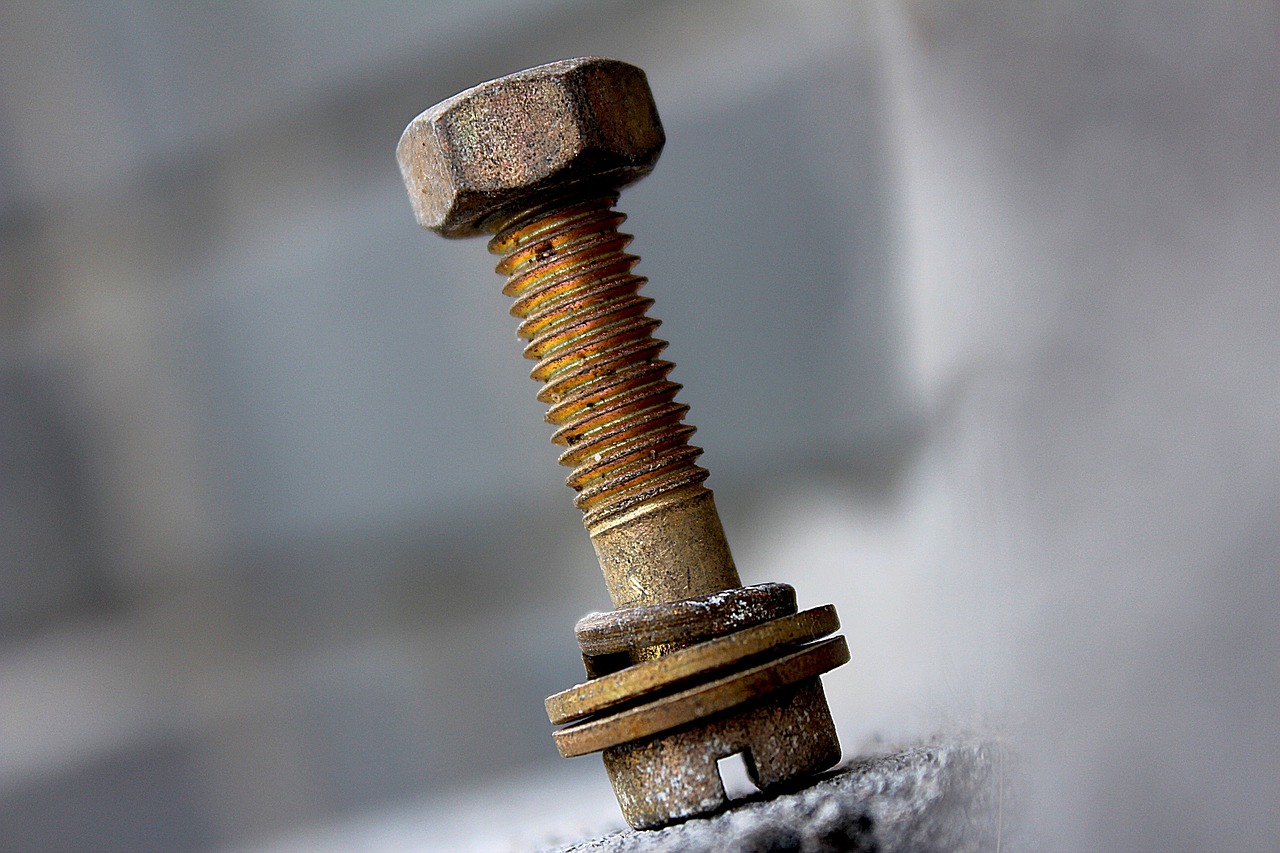
Common Threading Mistakes to Avoid
When diving into the world of quilting, it’s easy to get caught up in the excitement of selecting fabrics, patterns, and threads. However, overlooking some common threading mistakes can lead to frustration and subpar results. One of the most frequent issues quilters face is improper thread tension. If your thread is too tight, it may break or create puckering in your fabric, while too loose can lead to uneven stitches. Always take a moment to adjust your tension settings based on the thread type and fabric you’re using. A simple test stitch on a scrap piece can save you a lot of heartache later on!
Another common mistake is using the wrong type of thread for your project. For instance, using a heavy-duty thread on a lightweight fabric can create a bulky appearance and lead to fabric damage. Conversely, using a fine thread on heavy fabric can result in weak seams. Remember, not all threads are created equal! To help you navigate this, here’s a quick reference table:
| Thread Type | Best Used For | Common Mistakes |
|---|---|---|
| Cotton | General quilting | Using on slippery fabrics |
| Polyester | Stretch fabrics | Using on heavy fabrics |
| Specialty threads | Decorative stitching | Overusing in seams |
Another pitfall quilters often encounter is neglecting to check the needle size. A needle that’s too small for your thread can cause breakage, while one that’s too large can create unsightly holes in your fabric. Always ensure that your needle and thread are compatible. Additionally, don’t forget to replace dull needles regularly; they can cause skipped stitches and uneven tension.
Lastly, a mistake that many quilters overlook is not properly threading the machine. It might seem trivial, but a misthreaded machine can lead to all sorts of chaos, from thread nests to uneven stitches. Make it a habit to double-check your threading path, and consult your machine’s manual if you’re unsure. Remember, a few moments spent on preparation can lead to a smoother quilting experience!
Q: What is the best way to avoid thread breakage?
A: Always use the correct thread tension and ensure that your thread is compatible with your fabric and needle size. Regularly check for any snags or knots in your thread as well.
Q: How can I tell if my thread tension is off?
A: If you notice puckering, loose stitches, or thread breakage, it’s a sign that your tension may need adjustment. Conduct a test stitch to identify the issue.
Q: Is it necessary to use a specific needle for different thread types?
A: Yes! Using the appropriate needle size and type for your thread can significantly affect your quilting results. Refer to your thread packaging for recommendations.
Frequently Asked Questions
- What type of thread is best for quilting?
Choosing the best thread for quilting really depends on your project. Cotton thread is a popular choice for its natural feel and strong durability, while polyester thread offers greater flexibility and is less prone to fraying. If you're looking for something special, consider specialty threads like metallic or variegated options for unique effects!
- How do I determine the right thread weight for my project?
Thread weight is crucial in achieving the desired look and durability of your quilt. Generally, a lower number indicates a thicker thread, while a higher number means a finer thread. For most quilting projects, a weight of 40 is common, but for delicate fabrics or detailed work, you might want to use a 50 or even 60 weight thread.
- How can I choose the right color thread for my fabric?
When selecting thread colors, consider the overall color scheme of your quilt. You can either match the thread to your fabric for a seamless look or choose a contrasting color to make your stitches pop. Don't be afraid to experiment! Sometimes, a bold thread color can add a fantastic visual impact to your project.
- What is thread tension and why is it important?
Thread tension refers to the tightness of the thread as it feeds through your sewing machine. Proper tension is essential for achieving a smooth and even stitch. If your stitches are too loose or too tight, it can affect the overall quality of your quilt. Adjusting the tension settings on your machine can help you find the perfect balance for different threads.
- Can I use the same thread for machine and hand quilting?
While you can use the same type of thread for both machine and hand quilting, it's often best to choose threads specifically designed for each method. Machine quilting threads tend to be stronger and smoother, making them ideal for sewing machines, while hand quilting threads are typically softer and more flexible for easier manipulation.
- What are specialty threads and how can I use them?
Specialty threads include a variety of unique options like metallic, variegated, or even glow-in-the-dark threads. These can add texture and visual interest to your quilting projects. When using specialty threads, be sure to adjust your machine settings accordingly, as they may require different tension or needle sizes for optimal results.
- How should I store my quilting threads?
Proper storage is key to maintaining the quality of your quilting threads. Keep them in a cool, dry place away from direct sunlight to prevent fading and degradation. Consider using thread organizers or boxes to keep them untangled and easily accessible. This simple step can help prolong the lifespan of your threads!
- What are common threading mistakes to avoid?
Some common threading mistakes include using the wrong needle size, not properly threading the machine, or neglecting to adjust the tension. Always double-check your setup before starting your project. If you encounter issues, take a moment to troubleshoot—it's often a simple fix that can save you a lot of time and frustration!



















